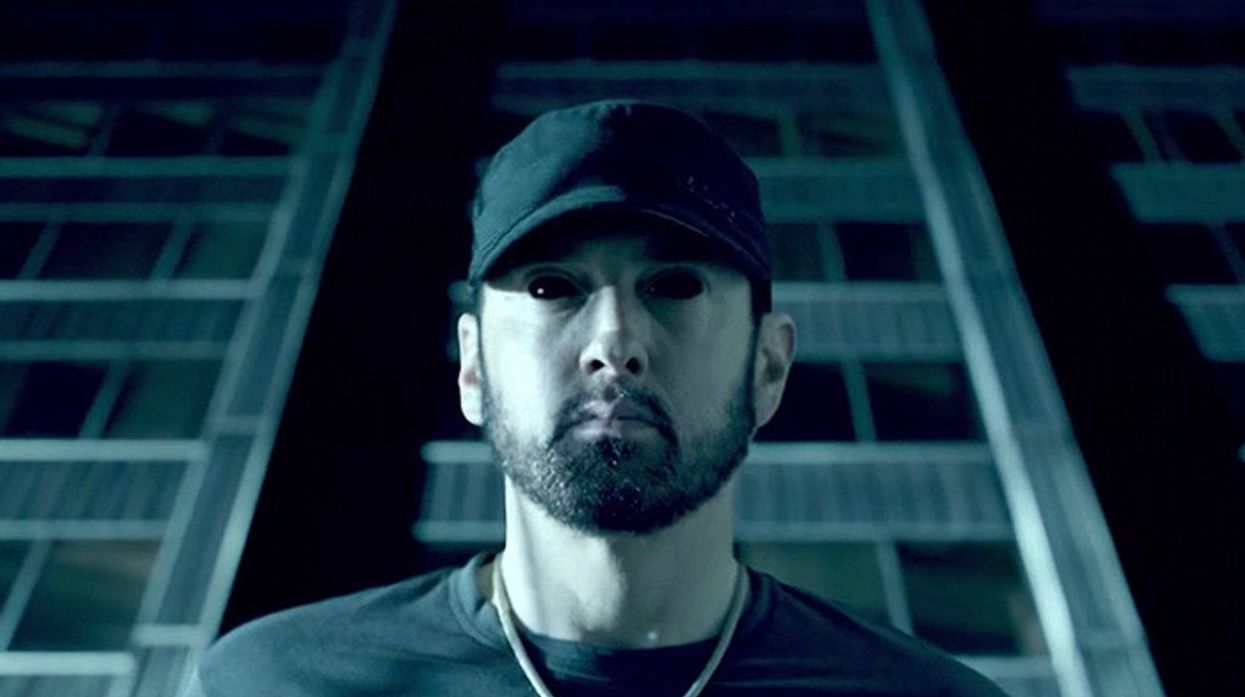Watch: How Eminem's 'Fall' Music Video is A Solid Example of Branded Content
This time, he's most definitely 'not afraid.'

Released unannounced and unexpectedly, Eminem's latest album,Kamikaze, dropped late last Thursday evening to kick-off the long Labor Day weekend. His 10th raucous studio album, the work took a recently "in vogue" approach to mass distribution: release with as little fanfare as possible; who needs a hit single for promotion when the artist's mere existence is the promotion?
And now, just a few short days later, the first single and accompanying music video for Kamikaze—the angrily catchy rebuttal, Fall—has sprouted upward. Although the song has been met with some controversy (most notably for its inclusion of involuntary vocals by Justin Vernon of Bon Iver), the song feels like the right choice to lead the album to further fanfare. It also promotes another major franchise in one fell swoop: Marvel Entertainment.
Less a gross example of product placement than a clever tie-in to an upcoming film and its accompanying soundtrack (lead, of course, by Eminem's own featured single, Venom), the music video's M.O. is clearly a way to promote two birds with one stone: Eminem's latest album and the upcoming filmVenom from director Ruben Fleischer.
Before crying foul, the music video feels like a strong example of a director (who's sadly not credited, so please drop a line if you know who the helmer is) working with two goals in mind: promote an album and promote a movie. However, how the filmmaker goes about doing so is why it's of interest to NFS readers.
It's a classic example of the recent dilemma involved in working in branded content without "selling your soul to the devil," and, in this particular case, the result is a "product" that merges two narrative threads: the reemerging of a previously fallen Eminem and the lingering critics, both real and inside the rapper's head, who have embodied themselves as a slimy, black goo that follows the artist wherever he goes. Is it too literal—the self-doubt-infused Venom creature literally hovers above Eminem in a clever display of shadow play—and on the nose? Your opinion is as valid as anyone else's, but if your a filmmaker tasked with the selling/advertising of a product that may not lend itself to dark, narrative pathos, let this be an example of creating a story out of a hired task.
What did you think of the music video? Does it sell out or is it a worthy companion piece to the upcoming Venom feature? Let us know in the comments below.











